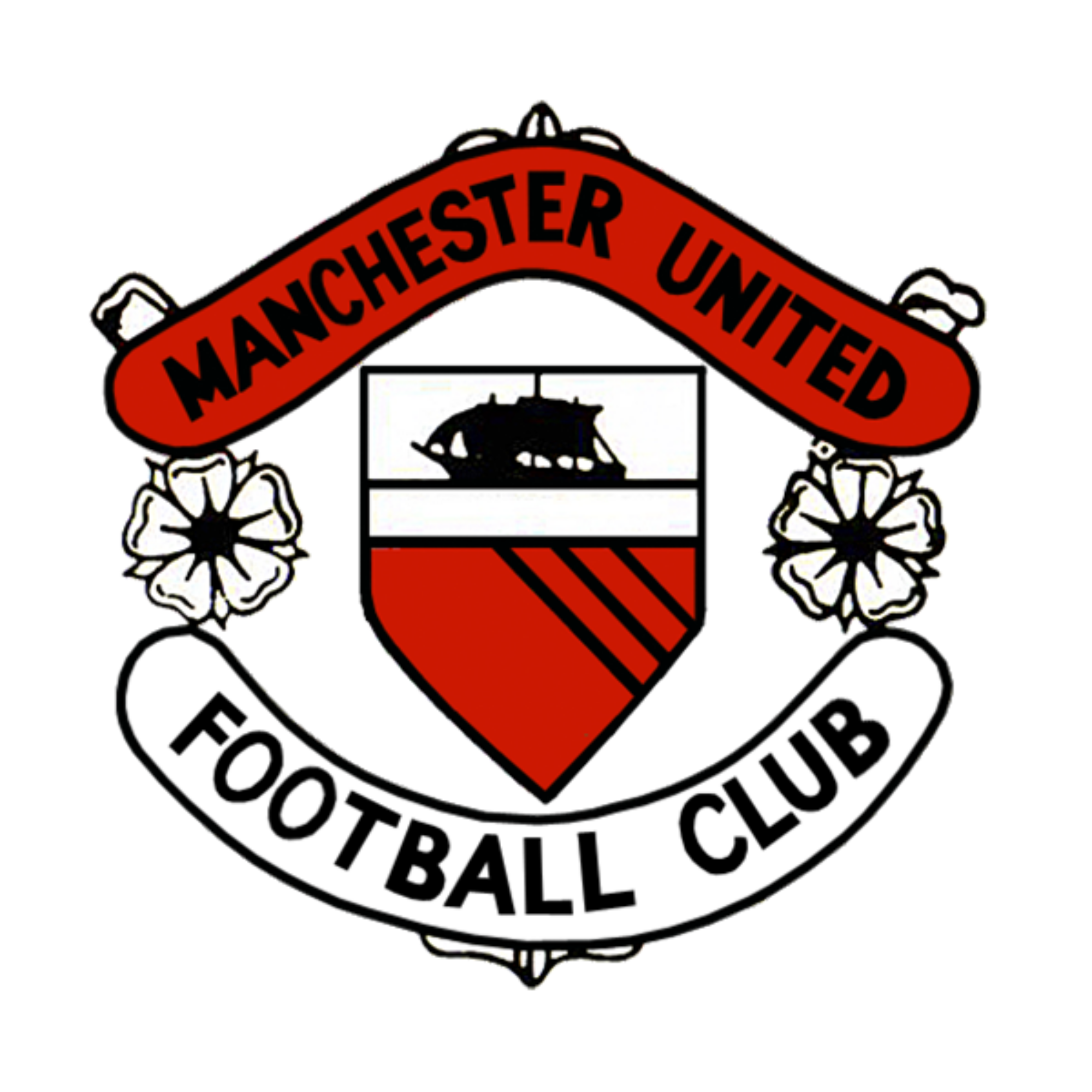
Irish United-man in Europe
30 May 2018On 29 May 1968 Shay Brennan, Tony Dunne and George Best (1946–2005) became the first Irishmen to win a European Champions Cup winners medal ... read the DIB entry on Shay Brennan, By Dr Jim Shanahan, below.
Brennan, Seamus Anthony (‘Shay’) (1937–2000), soccer player, was born 6 May 1937 in Manchester, England, one of four sons and three daughters of Jim Brennan and Mary Brennan (née Whelan), both originally from Co. Carlow. Educated locally, Brennan joined Manchester United as an apprentice and member of the ground staff straight from school in 1953, signing professional terms in 1955. Beginning his career as a right wing-half, he made his senior debut in an unfamiliar outside-left position in United's first game after the Munich air disaster, an FA Cup fifth-round match against Sheffield Wednesday at Old Trafford on 19 February 1958. On an emotional night, Brennan scored two goals in a 3–0 victory. Despite scoring in a subsequent semi-final victory against Fulham, he was not picked for the final. He did not become a regular player for United until the 1959/60 season, by which time he had been converted into a right full-back. Brennan made a total of 355 appearances (292 league games) for Manchester United in a career that stretched from 1958 to 1970, scoring six goals. On 29 May 1968 Brennan, Tony Dunne, and George Best (qv) became the first Irishmen to win a European Champions Cup winners medal, when Manchester United defeated Benfica of Portugal 4–1 at Wembley. In his time at United, Brennan also won two league championship medals (1964/5, 1966/7). The FA Cup continued to be a source of disappointment for him, however: Brennan missed United's FA Cup victory in 1963 and also played in four losing FA Cup semi-finals (1962, 1964–6). In August 1970 he was released by Manchester United, receiving a pension of £20 a week and becoming in the process the first United player to receive a pension from the club. Brennan moved to the reigning League of Ireland champions, Waterford United, as player-manager. After losing the title by a single point in his first season, he guided ‘the Blues’ to league titles in 1971/2 and 1972/3. After his first season at Waterford he appeared infrequently as a player, and his last playing appearance was against Drogheda on 3 March 1974. Brennan stepped down as manager the following year, having played seventy games for Waterford.
Despite being included in a preliminary squad of forty players for the 1962 World Cup in Chile, Brennan never played international soccer for England, and following a change in the eligibility rule, he became the first English-born player to play for the Republic of Ireland, when he made his international debut in a World Cup qualifying game against Spain at Dalymount Park on 5 May 1965. In total Brennan played nineteen times for Ireland, almost all at right-back, sixteen times as a Manchester United player and three while with Waterford. Were it not for his commitments with Manchester United, this total would undoubtedly have been greater. His final match for Ireland was against Italy on 8 December 1970. He also captained his country on five occasions. As he was 5 ft 10 in. (1.78 m) and weighed 10 st. 7 lb. (66.68 kg) at his peak, his nickname ‘Bomber’ was an ironic comment on the fact that he was a cool and constructive full-back who was regarded as a good reader of the game.
After his retirement from football, Brennan devoted his energies to building up a successful courier and transport business. After a quadruple- by-pass operation in 1988, he went into semi-retirement, spending much of his time on the golf course in Tramore, Co. Waterford, his home of thirty years. A genial character who was modest about his sporting achievements, he was popular both with his fellow players and his large circle of friends and acquaintances. Close friends in football included Bobby Charlton, Johnny Giles, Nobby Stiles, George Best, and Wilf McGuinness. Outside football, golf and horse racing were his passions, and he was a long-time member of Tramore Golf Club. He died of a heart attack on the second hole at Courtown Golf Club in Co. Wexford, on 9 June 2000. He left a widow, Elizabeth (‘Liz’) (née Kennelly), and six daughters.
Ir. Independent, Ir. Times, 10, 13 June 2000; Times, Independent (London), 13 June 2000; Munster Express, 15 June 2000; Nationalist and Leinster Times, 15 June 2000; Fyffes; Eamon Dunphy, A strange kind of glory(1991); Donal Cullen, Ireland on the ball (1993)
Follow the DIB on Twitter @DIB_RIA – where we post topical biographies.
All 10,423 biographies are available at: dib.cambridge.org
Image courtesy of Wikimedia Commons



